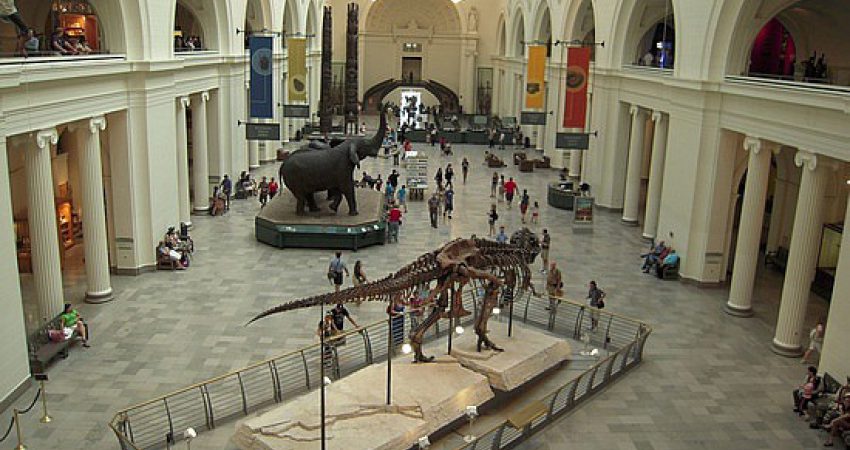
By Heather King - May 2011
PAPER CITATION
Miller, J. D. (2010) Adult science learning in the internet era. Curator: The Museum Journal, 53(2), 191–208.
WHY IT MATTERS TO YOU
This paper offers considerable food for thought for all educational practitioners seeking to support learning opportunities. In the Internet era, an ISI’s in-house presentation of intriguing phenomena may not be enough.
What Is The Issue?
In this article, the author argues that, in contrast to the Internet and related information technologies, informal science institutions (ISIs) are struggling “to retain a market share in the business of serving as informal science learning resources”(page 194). ISIs need to do more than simply enable visitor “engagement.”
What Was The Study?
The author's position stems from his work on the measurement of civic scientific literacy (CSL)—the constructs that an individual needs to make sense of social and scientific policies. He notes that, between 1988 and 2008, American civic scientific literacy rose by an impressive 10 percent (Miller 2010). His analysis of the factors contributing to CSL suggest that Internet and print media make a positive contribution, whereas television has a negative impact. Frequency of museum use, however, is unrelated to CSL once other factors are held constant.
What Were The Findings?
The author argues that informal learning institutions need to change to respond to the changing market information. He suggests that they re-conceptualise their provision of learning beyond their four walls: an online presence should not be a hook to bring visitors in but a resource for science learning in itself. Clearly, such a change in perspective will have implications for revenue, an issue that newspapers are still trying to resolve.
Miller ends by noting that the public’s appetite for information in a just-in-time mode will surely shape the future of information provision and that informal institutions will need to respond accordingly. Furthermore, if museums wish to contribute to a civic scientifically literate population they will need to provide more than simply “excitement and engagement.”
Further Reading:
Miller, J. D. (2010) The conceptualization and measurement of civic scientific literacy for the twenty-first century. In J. G. Hildebrand & J. Meinwald (Eds.), Science in the liberal arts curriculum. Cambridge, MA: American Academy of Arts and Sciences.




